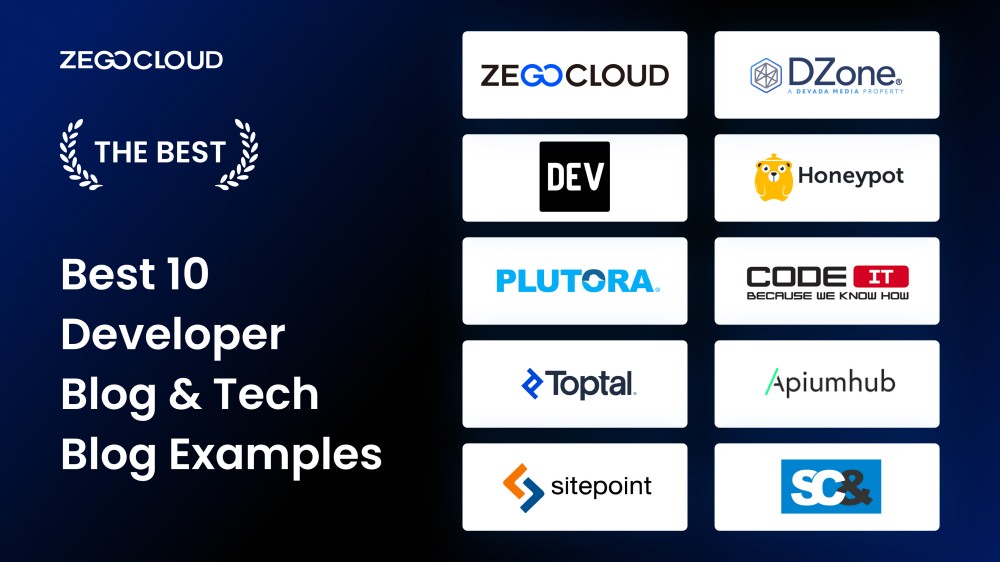Discover the Best tech blog for the Latest Trends and Technologies in Technology
Discover the Best tech blog for the Latest Trends and Technologies in Technology
Blog Article
Recognizing the Surge of Edge Computer in Today's Digital Globe
In the quickly developing landscape of technology, side computer arises as a critical pressure, improving how data is refined and utilized. By transitioning data management closer to the resource, side computing addresses crucial latency issues while enhancing data transfer use and improving protection procedures.
What Is Side Computer
Side computer, although a reasonably current advancement in the world of innovation, basically transforms exactly how data is refined and taken care of by bringing computation and data storage space closer to the place where it is required. Unlike traditional cloud computer models, which typically count on central information centers that can be geographically far-off, edge computer decentralizes information handling. This closeness reduces latency, improves real-time data handling, and boosts the general individual experience by guaranteeing much faster response times.
At its core, edge computing involves a network of localized tools and facilities, such as sensors, routers, and entrances, efficient in processing data at or near the resource. This local processing ability is specifically important for applications needing prompt information evaluation, such as autonomous lorries, commercial automation, and wise cities. Additionally, by unloading data processing jobs from central web servers, edge computing decreases transmission capacity demands and enhances information privacy and security, as delicate details can stay on-site as opposed to going across considerable networks.

Trick Vehicle Drivers of Adoption
A number of factors are moving the fostering of side computing in today's electronic landscape. Side calculating addresses this need by making it possible for information handling closer to the data resource, lowering latency and enhancing real-time decision-making capabilities.
Another significant motorist is the demand for improved transmission capacity performance. Central cloud systems can come to be overloaded with the large volume of information created by IoT devices, leading to traffic jams (Best tech blog). By refining data at the edge, companies can ease network congestion and boost total system performance
Furthermore, security and privacy issues are pressing companies toward edge computing. By refining sensitive data locally, business can minimize threats connected with data transmission and direct exposure to potential cyber dangers.
The rise of applications calling for real-time processing, such as independent lorries and increased fact, also necessitates the rapid action times that edge computing provides. Collectively, these vehicle drivers are making edge computing an important component of modern-day IT facilities, leading the way for its prevalent adoption throughout different sectors.
Advantages Over Cloud Computer
Just how does edge computing distinguish itself from traditional cloud computing? Mostly, edge computing brings information handling closer to the source of information generation, usually on regional tools or close-by web servers, instead than counting on centralized data. This distance substantially decreases latency, enabling real-time information processing and decision-making. For sectors where milliseconds matter, such as independent lorries or industrial automation, the reduced latency offered by edge computer can be essential.
In addition, edge computing enhances data transfer efficiency (Best tech blog). By refining information in your area, only the required information is transmitted to the cloud for more analysis or storage space, decreasing the volume of data that passes through the network. This not just alleviates network congestion yet also decreases data transmission prices
Edge computing additionally offers better information personal privacy and safety and security. Delicate information can be refined in your area without being sent out to the cloud, minimizing the exposure to potential cyber risks. This is specifically beneficial for fields handling personal info, such as health care and financial services.
Additionally, edge computer ensures better durability and integrity. Regional processing enables proceeded operation also when connection to the cloud is jeopardized, keeping crucial features and services despite prospective network disturbances. These benefits collectively demonstrate edge computing's transformative capacity in maximizing efficiency and protection in electronic environments.
Difficulties and Factors To Consider
While side computing uses numerous advantages, it likewise presents one-of-a-kind obstacles and considerations that must be resolved to totally realize its possibility. One considerable obstacle is data protection and privacy. Handling information better to the source boosts the threat of unauthorized access, necessitating robust file encryption and strict safety protocols to safeguard sensitive information. Furthermore, handling and keeping an eye on a decentralized network of edge tools can be complicated, calling for sophisticated tools and approaches to make certain smooth procedure and upkeep.
Another factor to consider is the scalability of side computer services. As the variety of linked tools grows, so does the demand for processing power at the side, which can result in resource constraints. Organizations has to meticulously plan their facilities to accommodate this development without compromising efficiency or performance.
Interoperability is an additional essential element. With various hardware and software program parts involved, making certain compatibility and seamless combination can be challenging. Standardization initiatives are vital to facilitate interaction in between disparate systems.
Future Trends in Edge Computing
Preparing have a peek at this site for the future, side computer is positioned to transform various sectors by making it possible for much faster information my site handling and lowering latency. As the volume of information produced by IoT devices proceeds to grow, side computer will come to be progressively essential in managing this influx successfully. One considerable fad is the assimilation of expert system at the edge, enabling for real-time analytics and decision-making without depending on cloud-based sources. This change is prepared for to improve applications in self-governing automobiles, clever cities, and medical care, where prompt data processing is vital.
One more emerging trend is the advancement of edge-native applications designed especially to utilize the one-of-a-kind capabilities of side computing. These applications will certainly optimize performance and resource use, leading to increased effectiveness across numerous industries. Developments in 5G innovation will certainly even more strengthen edge computer by offering the required framework for high-speed, low-latency communication in between devices and side nodes.
Verdict
Side computing's rise is driven by the expansion of IoT tools and the requirement for real-time information handling, which improves effectiveness by lowering latency and decentralizing information administration. This technique minimizes data transfer inadequacies and safety problems, promoting improvements in applications like independent lorries and smart cities. Regardless of challenges such as framework complexity and assimilation, the future of side computing promises a much more responsive digital ecological community, with continued developments forming its development and increasing its applicability throughout sectors.
Side computer, although a relatively recent innovation in the world of innovation, fundamentally transforms how information is processed and handled by bringing computation and data storage closer to the place where it is needed. Unlike typical cloud computer designs, which typically rely on central information centers that can be geographically far-off, side computer decentralizes data handling. Additionally, by offloading data processing tasks from central servers, edge computing minimizes bandwidth demands and boosts information privacy and safety, as delicate details can continue to be on-site instead than traversing substantial networks.

Report this page